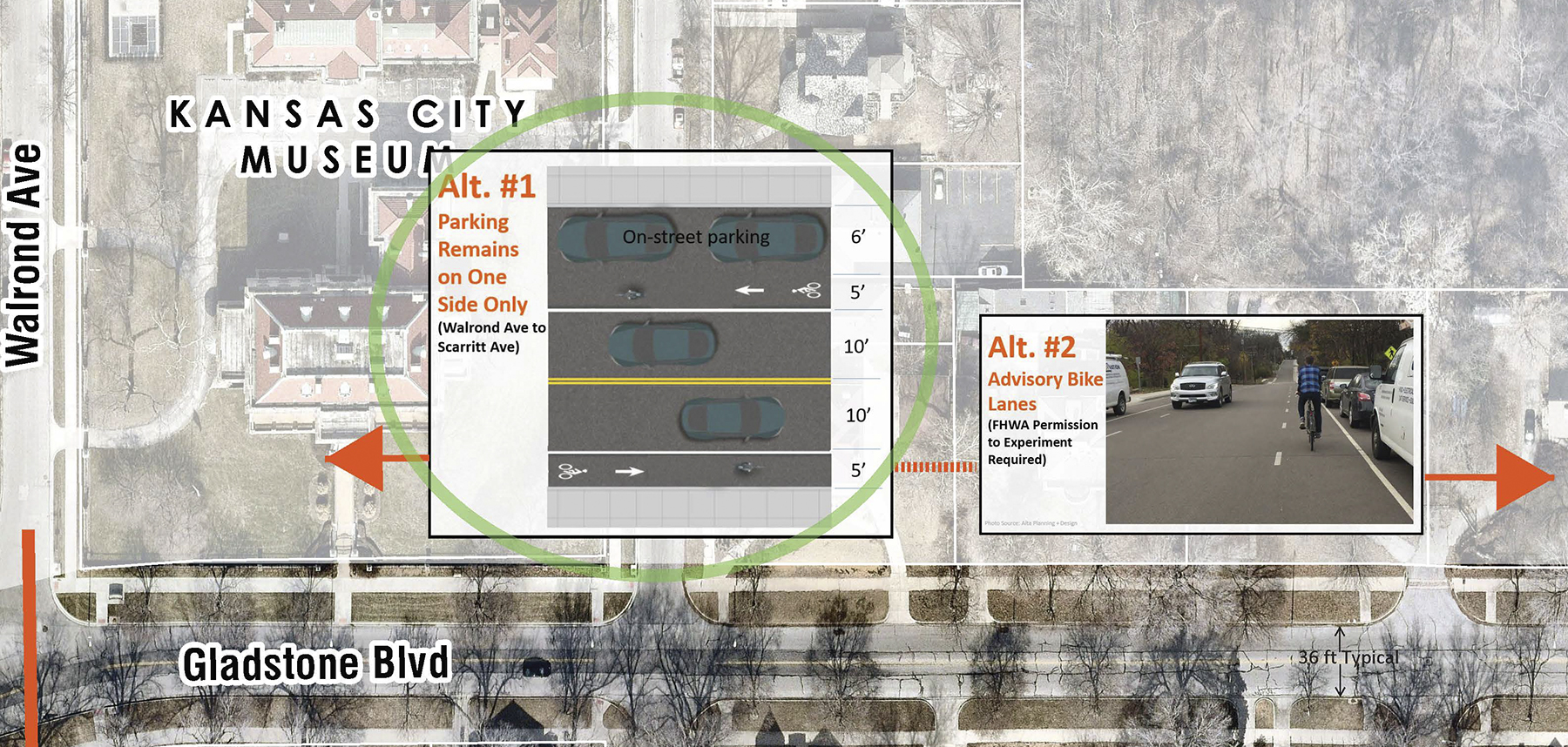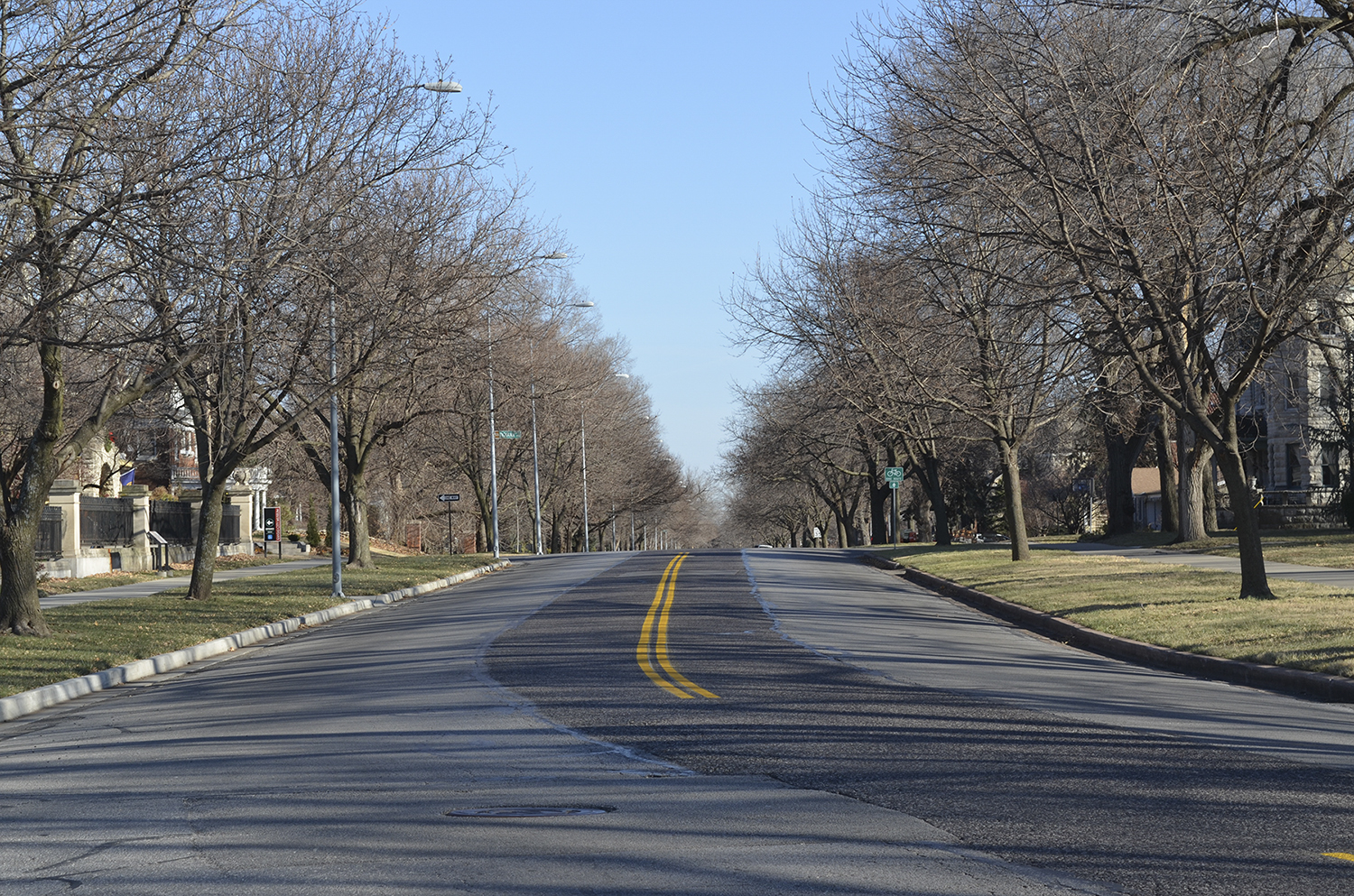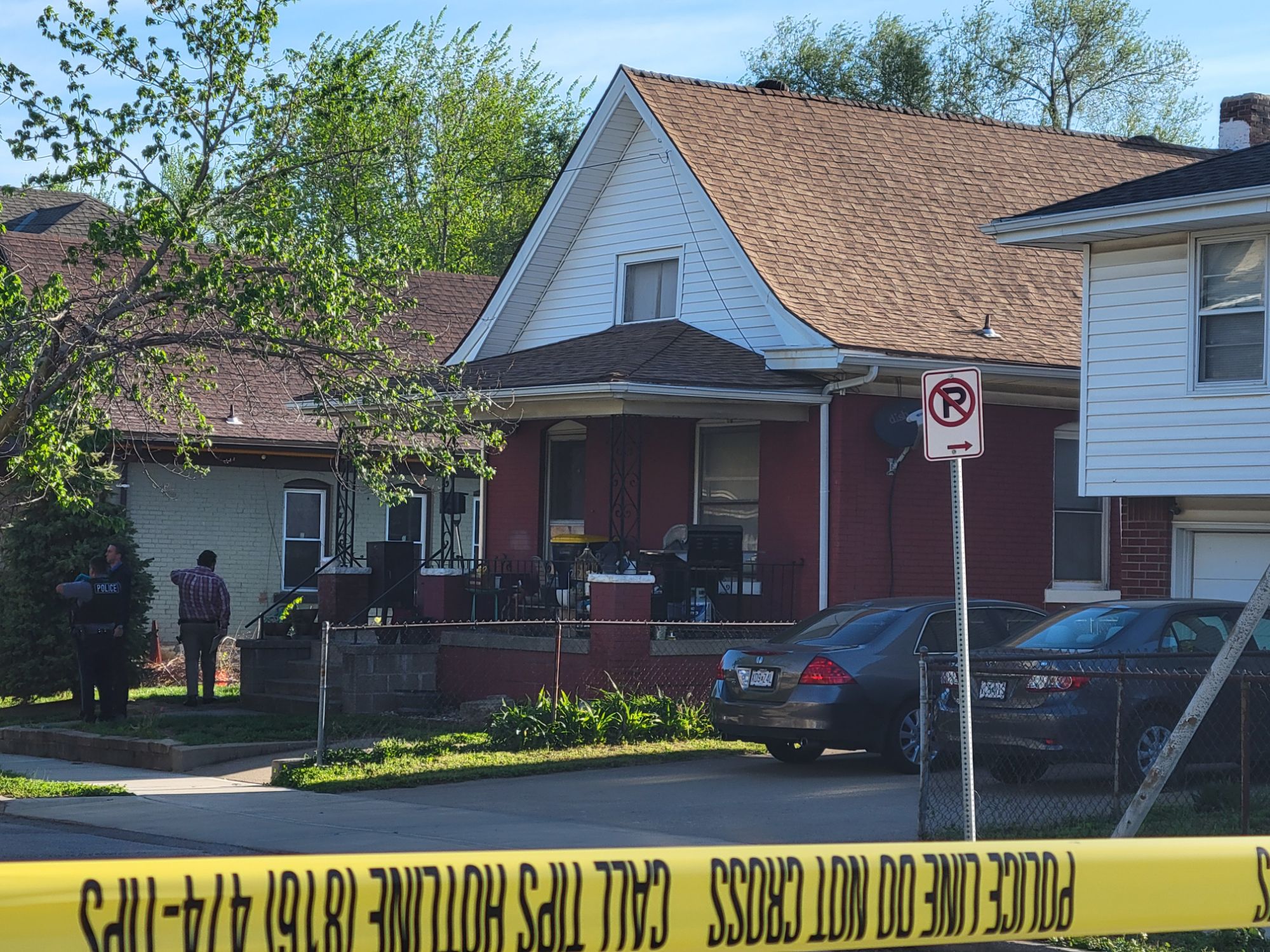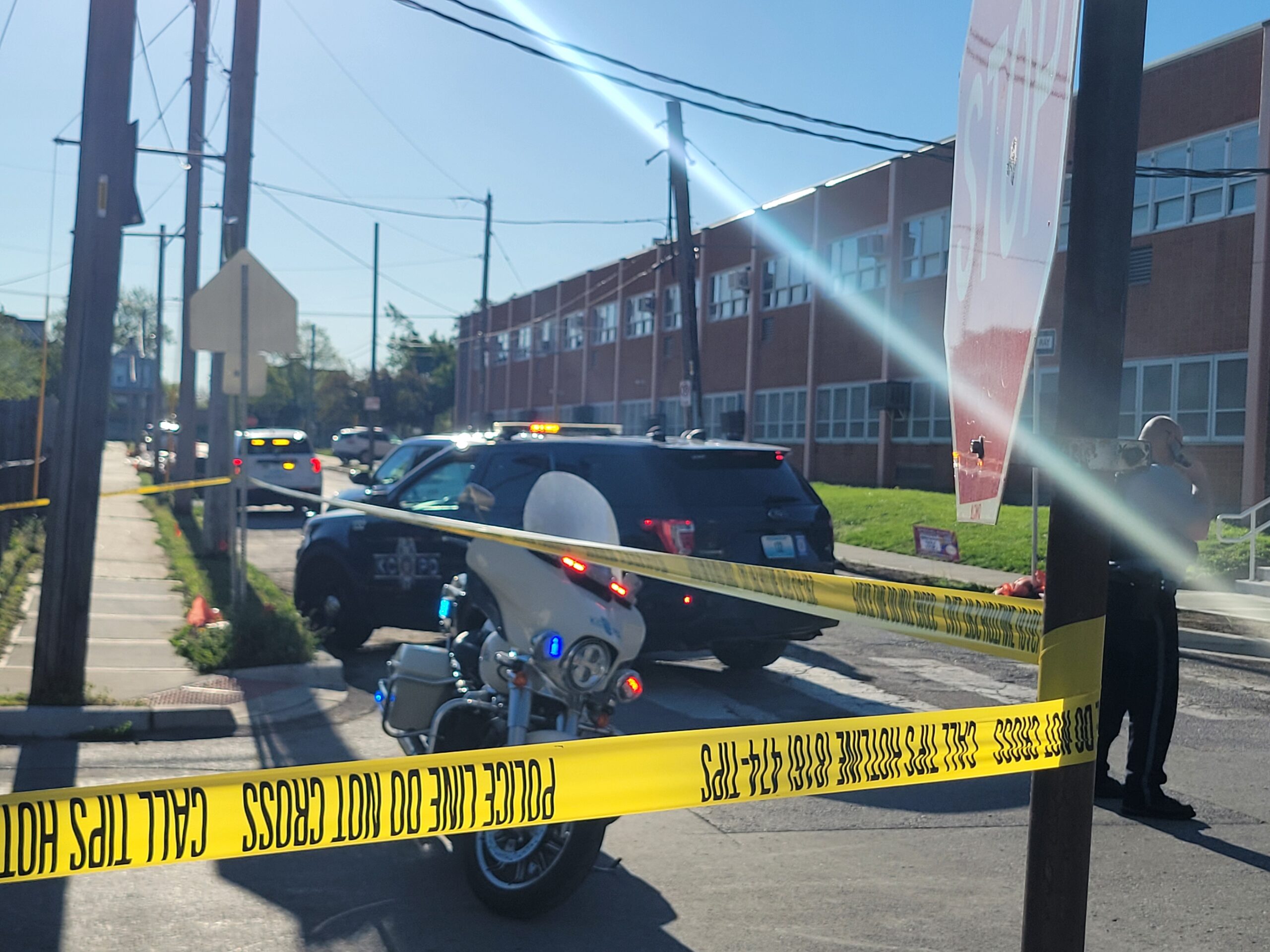
By Paul Thompson
Northeast News
Kansas City’s Public Works department is looking to spend roughly $475,000 on bike lanes in the Northeast that would span from The Paseo and Missouri on the west to Indian Mound Park on the east.
Mario Vasquez, a project manager in the Public Works department, has already met with the Pendleton Heights, Scarritt Renaissance and Indian Mound neighborhood associations to discuss the planned bike lanes. With public feedback in hand, Vasquez says that the department is working to put together some more concrete proposals before setting up new meetings with stakeholders in early 2018.
The expanded Northeast bike lanes are part of a concerted effort by the City to promote bicycles as a viable form of transportation.
“The push is really to be on-street,” Vasquez said. “We want bicyclists to be visible, and to be a part of the transportation network.”
Vasquez said that each Northeast neighborhood presents unique challenges, from the physical features of the roads to the transit goals of residents.
“The streets are of different widths; they aren’t consistent. The objective is to create to safest bike lane configuration for (bicyclists) of all ages,” said Vasquez. “On some streets, parking will be limited. In the Pendleton Heights neighborhood, there’s a willingness to remove some parking to allow for the implementation of bike lanes.”
Some of the preliminary plans drew concern from neighborhood leaders. For instance, Scarritt Renaissance residents threw cold water on a proposal to close Lebelle Dr. to car traffic.
“They were proposing potentially closing off Lebelle, and re-routing car traffic up Anderson,” said Leslie Caplan, Scarritt Renaissance Neighborhood Association President. “Lebelle would be used for bike traffic only. There was serious push-back on that.”
Another issue cropped up regarding plans for Gladstone Blvd. that could have eliminated some street parking. One option added a dedicated bike lane going each direction along Gladstone.
“It would require parking on the south side of Gladstone to be removed,” Vasquez said. “I think the Museum folks are receptive to the removal of parking on Gladstone if there’s other ways for them to get parking elsewhere.”
Another experimental proposal would eliminate the double yellow line and direct vehicles traveling in both directions to share a single center lane. That alternative would hypothetically allow parking and bike lanes on both sides of the street, though Vasquez cautioned that the approach is a long-shot. With any solution, Vasquez noted that traffic calming efforts along Gladstone remain a priority.
“The streets through there are pretty wide – the wide streets promote a lot of speeding, and a lot of movements that maybe make the streets uninviting,” Vasquez said.
While a related bike lane project on the city’s east side (between Charlotte and Holmes) is set for installation in 2018, Vasquez indicated that the Lexington/Gladstone bike lanes will likely be held off until 2019. That way the work can be tied in to similar efforts in the Paseo Gateway area, allowing the City to solicit the most competitive bid possible.
When Public Works goes back to neighborhoods some time in early 2018, Vasquez says that they will have “new concepts that respond to the input that we received during our last meeting with the Scarritt neighborhood.”



















